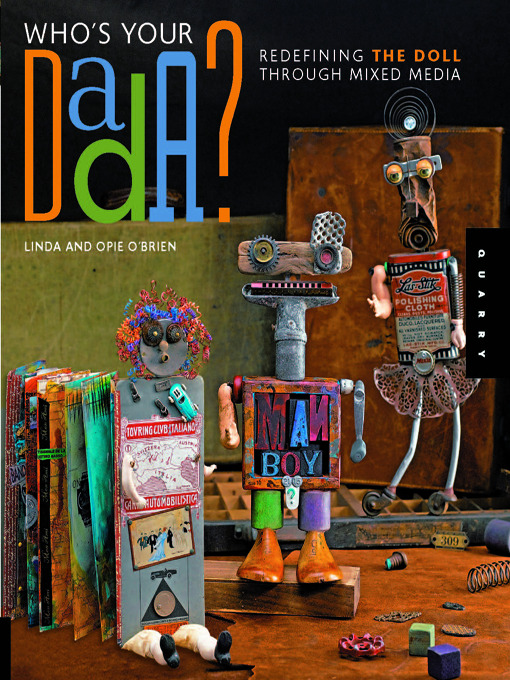Inspired by the "Dada" notion of making art from materials that would not typically be combined or expected to go together, and driven by a similar sense of irony and humor, this exciting book by Linda and Opie O'Brien shares their unique approach to making mixed-media dolls. It is not only a "must have" volume for anyone interested in found object art and the human form, it is a thoughtful and provocative exploration of the power, symbolism, and cultural significance of dolls and representational figures. The authors share detailed techniques for using surface embellishments, creating faces, heads, and limbs, using molds and molding products, and building and transforming disparate objects into whimsical, inspiring dolls. Starting with a variety of substrates—a wood block, a canvas, a tin can, a book, and a box construction—readers are guided step by step through five types of doll constructions.
- Available now
- All EBook Titles
- New eBook Additions
- New kids additions
- New teen additions
- Most popular
- Try something different
- Stephen King
- Books in Chinese
- Libros En Espanol
- See all
- Available now
- All Audiobook Titles
- New kids additions
- New teen additions
- Most popular
- Try something different
- See all

